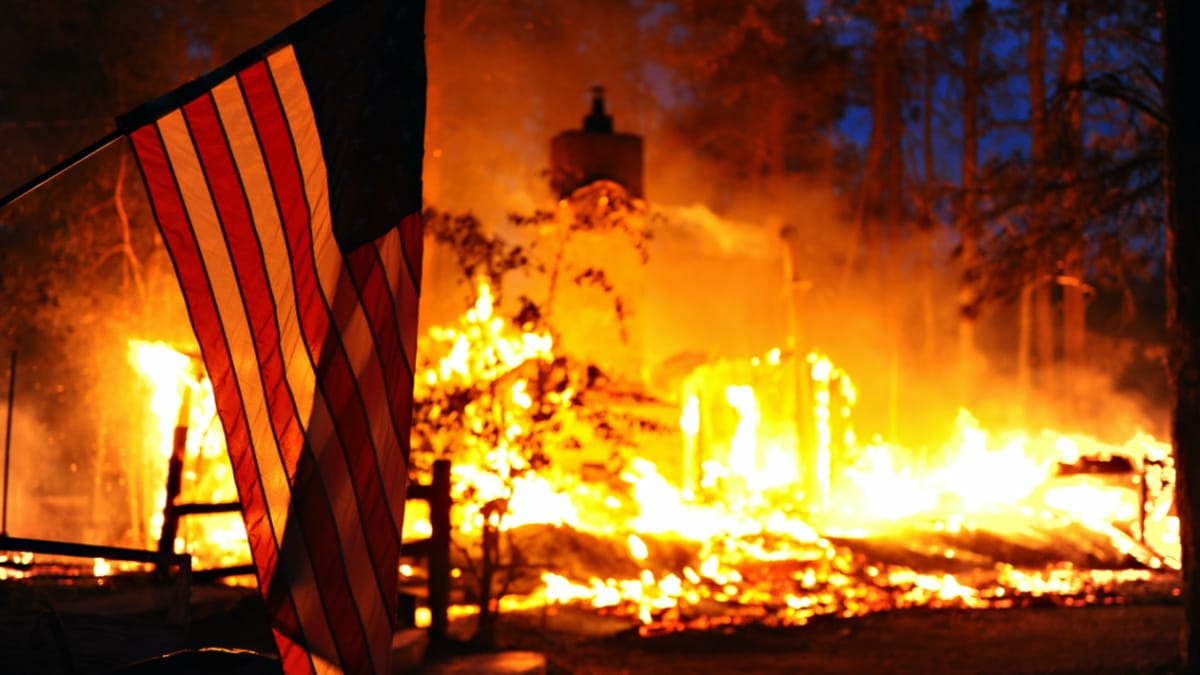MOST RECENT
POPULAR

The best of EcoWatch, right in your inbox. Sign up for our email newsletter!
Extreme Heat, Wildfires and Record-Setting Storms Suggest the Future Climate Crisis Is Already Here

By Jeff Berardelli
From the historic heat wave and wildfires in the West, to the massive derecho that tore through the middle of the nation, to the record-breaking pace of this year’s hurricane season, the unprecedented and concurrent extreme conditions resemble the chaotic climate future scientists have been warning us about for decades — only it’s happening right now.
This story originally appeared in CBS News and is republished here as part of Covering Climate Now, a global journalism collaboration strengthening coverage of the climate story.
EcoWatch Daily Newsletter
Related Articles from EcoWatch

 233k
233k  41k
41k  Subscribe
Subscribe 